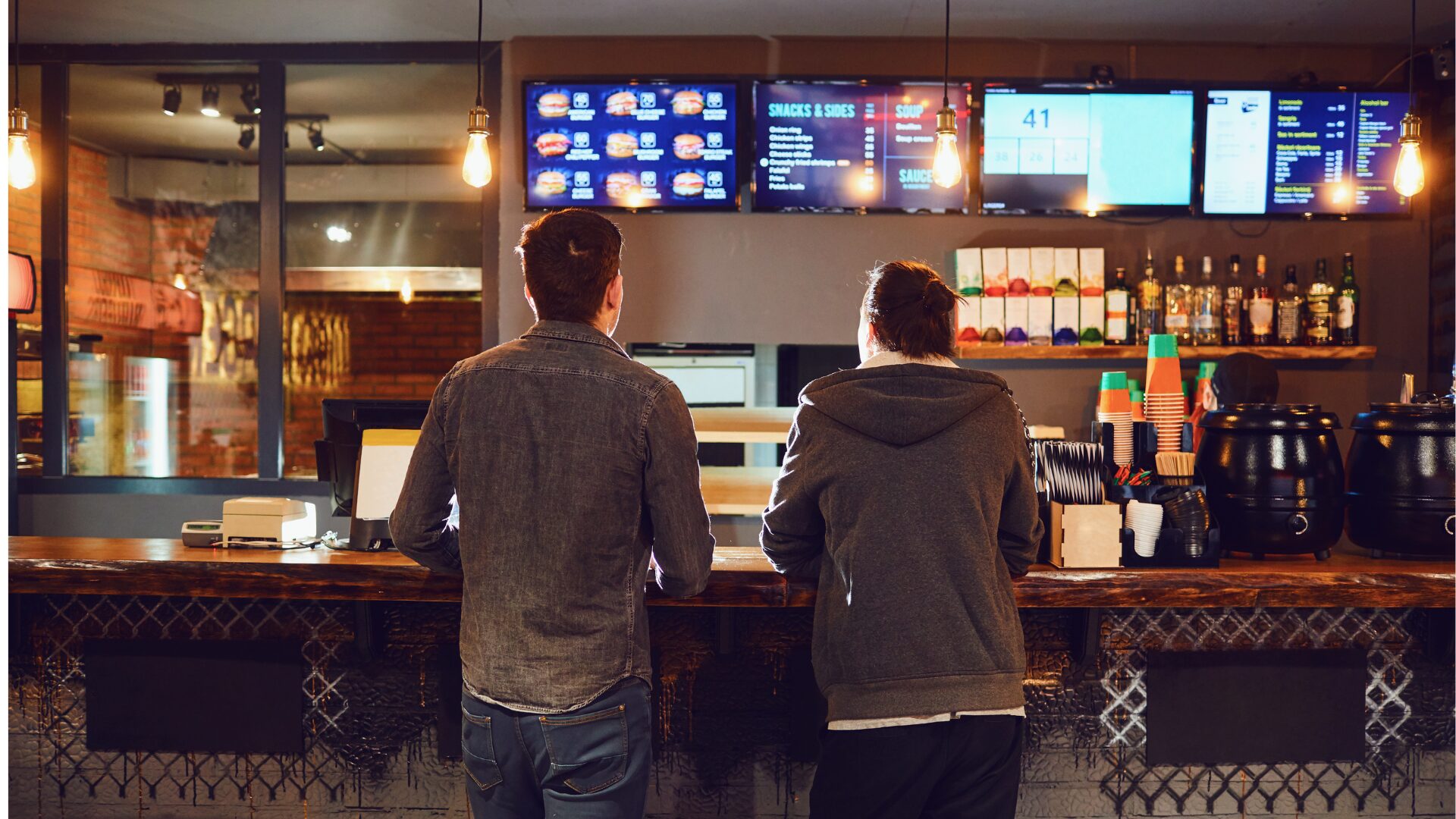With a 90-day protest unfolding at McDonald’s headquarters, the fast food giant is contending with allegations that it set Black franchise owners up to contend with higher overhead costs for security, insurance, employee turnover, and even rent.
The allegations beg the question: does McDonald’s have an image problem?
Allegations from the Byrds, Herb Washington
McDonald’s is currently facing headwinds from prominent Black franchisees who say the company has engaged in systemic racial discrimination for its pattern of steering these operators toward neighborhoods that yielded less profit. Former Major League Baseball player Herb Washington was among those challenging the company by filing a lawsuit against it, reported The Washington Post (Feb. 16).
For four decades, Washington owned 27 McDonald’s restaurants across New York, Ohio, and Pennsylvania before being driven out in 2017 for speaking out against the practices, which he argued were “predatory” and “racially biased.” Today, he owns 14, and sold seven in the last three years to White owners.
Meanwhile, the protests outside McDonald’s headquarters were timed to coincide with a meeting between James and Darrell Byrd and the company. The brothers own four locations between them, and filed a class-action lawsuit in October 2020 alleging McDonald’s growth was “predatory in nature” toward Black-owned franchises, reported Chicago Sun Times (Feb. 22).
To illustrate the point, James Byrd noted the company had 377 Black franchisees nationwide in the 1990s; today, the number has fallen to about 186.
McDonald’s Responds to the Criticism
The company recently announced an executive bonus program that would tie payments to targets in diversity and inclusion. The company will tie 15% of executives’ bonuses to the program, reported Seattle Times (Feb. 19).
The program calls to increase the percentage of management positions held by underrepresented groups to 35% by 2025, up from the 29% it reports currently. It also hopes to boost the number of women in senior roles worldwide to 45% by the same year and 50% by 2030, compared with 37% today.
“We cannot be complacent in our pursuit to better ourselves and our communities. Few brands in the world have our size and reach,” McDonald’s CEO Chris Kempczinski wrote in a memo to employees.
In response to the recent protests, McDonald’s issued a statement:
“McDonald’s takes its commitment to diversity, equity and inclusion seriously and does not tolerate discrimination of any kind,” Reggie Miller, the company’s global chief diversity, equity and inclusion officer, said. “We must go further and remain focused on serious action to accelerate meaningful and overdue societal change.”
Adapting to Changes in Demographics
In a recent Food Institute Podcast episode, Multicultural Foodservice and Hospitality Alliance (MFHA) founder and president Gerry Fernandez outlined a business case for increasing diversity in an organization, ranging from the c-suite to a restaurant kitchen. He noted the growing U.S. population was more multicultural than ever before, and that representation was important for cultivating a new generation of workers who felt connected to a company.
“The demographics of this country are going to continue on the path they are… we’re going to get more black, more brown, more multicultural, more bi-racial. Whether I like it or not doesn’t really matter, those numbers aren’t going to go in reverse,” he said.
As an example, Fernandez noted the hiring of Debbie Roberts to the position of chief operations officer at Panera Bread. He noted that this hiring was a message that would spur interest among female workers that would want to work with Panera.
Fernandez also noted this demographic dynamic would also be apparent on the consumer side, as well. He argued it would be critical for foodservice, food manufacturing, and food distribution companies to engage with local communities and better understand local culture in order to increase sales.











